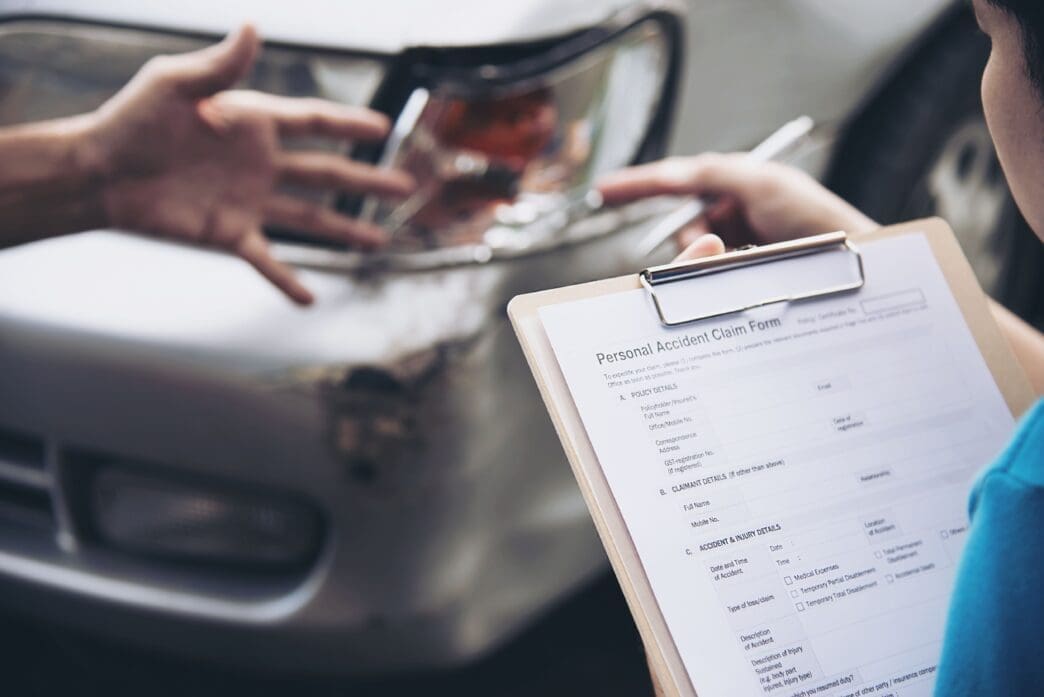If you live in San Antonio, you’re likely familiar with its vibrant culture, historic landmarks like The Alamo, and bustling roadways that connect the city’s diverse neighborhoods. While San Antonio is known for its charm and warmth, it’s also a hub of busy traffic, making car accidents a common occurrence.
From minor fender benders to more serious collisions, navigating the aftermath of an accident can be overwhelming, especially when trying to understand the components of a car accident claim.
Whether it’s determining liability, negotiating with insurance companies, or calculating damages, the process can quickly become complex. This is where the guidance of an experienced accident lawyer in San Antonio becomes invaluable. A knowledgeable attorney can help you unravel the intricate details of your claim, ensuring that you receive fair compensation for your injuries and damages.
In this guide, we’ll break down the key components of a car accident claim, helping you better understand what to expect and how to approach the process confidently. So, let’s get started!
Components of a Car Accident Claim
When you’re involved in a car accident, it’s important to understand the critical steps involved. The process often includes several key components that determine the outcome of your case. From gathering evidence to negotiating settlements, here are the primary elements that make up a car accident claim.
1. Establishing Liability
The first step in any car accident claim is determining who is at fault. In most cases, the driver who is found to be negligent or reckless is considered liable for the accident. This could be due to speeding, distracted driving, failure to obey traffic signals, or other negligent behaviors.
In some cases, both drivers may share responsibility, which is known as comparative negligence. Texas, where San Antonio is located, follows a modified comparative negligence rule. This means that if you are found to be 51% or more at fault for the accident, you may not be able to recover any compensation. However, if you’re less than 51% at fault, you can still pursue a claim, though your compensation may be reduced based on your percentage of fault.
2. Collecting Evidence
After establishing liability, gathering evidence becomes crucial in supporting your claim. Evidence can include things like police reports, photographs of the accident scene, witness statements, medical records, and any video footage. The more evidence you have, the stronger your case will be when negotiating with insurance companies or presenting your case in court.
To ensure that you have the necessary evidence:
- Immediately after an accident, call the police and get a copy of their report.
- Take photos of the accident scene and any visible injuries.
- Get contact information from all parties involved in the accident, as well as any witnesses.
Having a well-documented record will significantly increase your chances of success in your claim.
3. Medical Treatment and Damages
Medical expenses are often the most significant part of a car accident claim. Injuries sustained in an accident can vary from minor bruises to serious, life-altering conditions. After the accident, it is vital to seek immediate medical attention, even if you don’t feel injured at the time. Some injuries, like whiplash or concussions, may not become apparent until days or even weeks after the collision.
In addition to medical costs, you can also seek compensation for other types of damages, such as lost wages, pain and suffering, and property damage. The goal is to recover the total amount you’ve lost due to the accident, both financially and emotionally. A seasoned accident lawyer can help you determine the full extent of your damages and ensure that they are accurately calculated.
4. Negotiating with Insurance Companies
Insurance companies are often a central part of the claims process, but they may not always act in your best interests. Insurers typically aim to settle claims for as little as possible, which can make negotiations challenging. Having legal representation ensures that you are not taken advantage of during this critical phase.
Your attorney will handle the negotiations on your behalf, ensuring that the settlement offer you receive reflects the true value of your damages. If the insurance company fails to offer a fair settlement, your lawyer may recommend taking the case to court, where a judge or jury will determine the outcome.
5. Settlement or Trial
Once negotiations with the insurance company have concluded, you will either reach a settlement or proceed to trial. In most cases, an agreement is reached through negotiation, and the case never goes to court. However, if a fair settlement cannot be reached, your attorney may advise taking the case to trial.
During a trial, both sides present their arguments and evidence to a judge or jury, who will ultimately determine the outcome of the case. While going to trial can be lengthy and stressful, having an experienced lawyer by your side can greatly increase your chances of success.
Conclusion
Being involved in a car accident can be a traumatic and overwhelming experience, but understanding the key components of a car accident claim can help you navigate the process with confidence. From establishing liability to negotiating with insurance companies and potentially going to trial, having an experienced attorney on your side can make all the difference.








